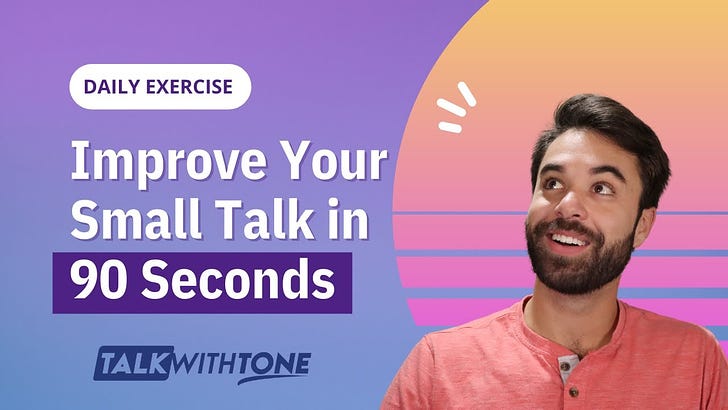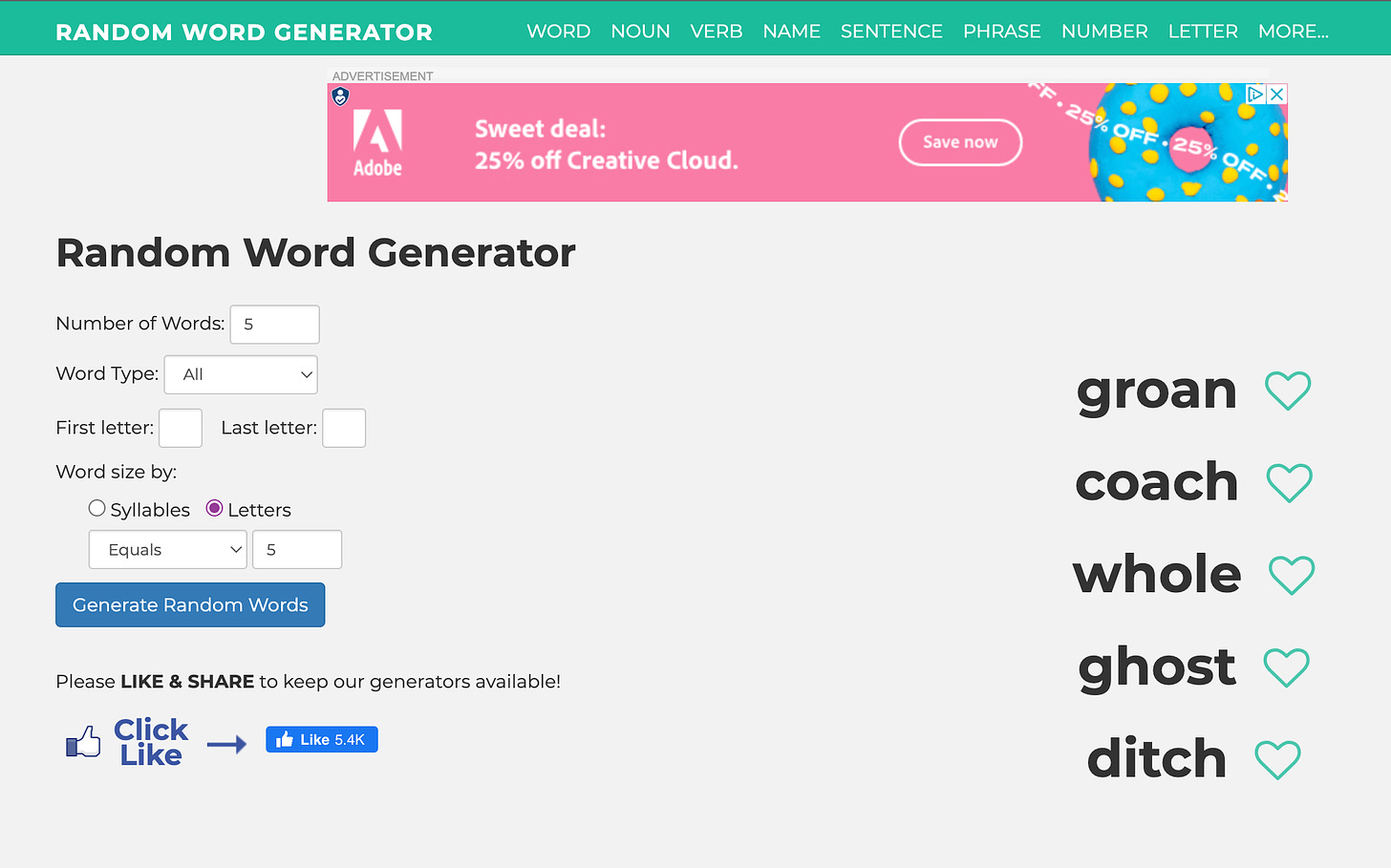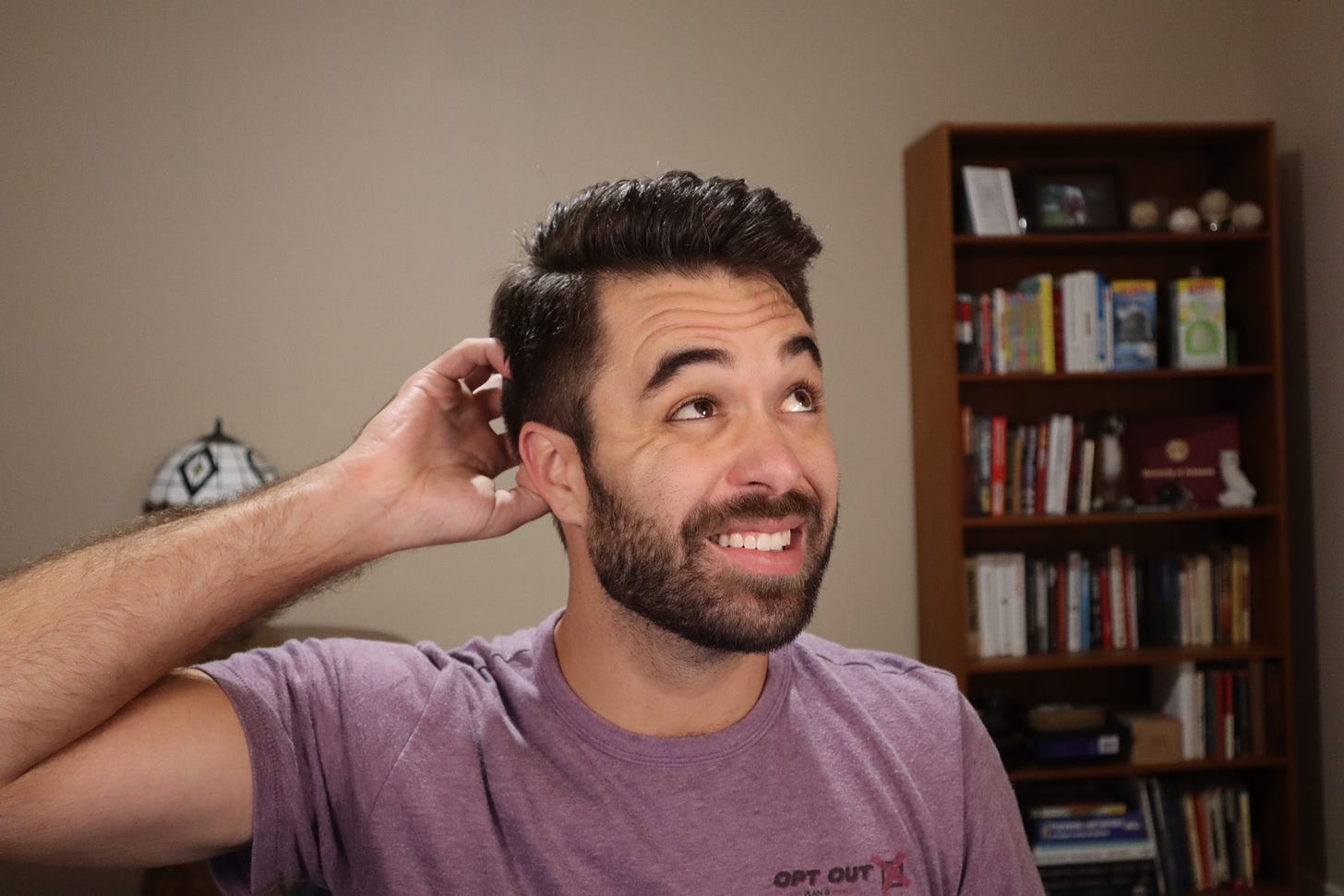NBA Professionals Review Their Game Film to Improve, Why Don't You?
How to Make Learning Fun and to Become Your Own Coach
This is a video example exercise of what I cover in this piece. Feel free to watch it first or later after you finish reading the article.
It’s no secret that the highest paid professional athletes in the world review their performances afterwards with their coaches. By reviewing what they actually did and discussing what was happening in the moment versus what they wanted to happen allows them to create metrics for what they need to focus on improving.
So why don’t you do this?
For starters, it’s usually pretty uncomfortable watching and hearing ourselves. I’m not sure what it is about hearing our own voices that is so strange, but it most certainly is awkward at first. After some amount of time though, we get used to our voice and it’s not such a big deal.
The other issue here is that we often aren’t able to record our real life ‘game-time’ footage. It’s either not practical to record yourself interacting in a meeting room or you would be potentially violating the privacy of others by recording a meeting. So how can we overcome this dilemma?
How to Create a Recordable, Real Life Situation in the Comfort of Your Own Home
Thankfully, we have all of the resources that we need in order to create a real life situation. With a computer, camera, and stopwatch, you can create endless real life possibilities that will allow you to become your own coach. Here’s how!
Computer (with internet access) - use your computer to go to www.randomwordgenerator.com. Select between 3-6 words for the quantity. The rest of the settings, such as word type and syllables/letters can be played with as you like.
Camera (phone/computer) - use a camera to record yourself.
Stopwatch - use the stopwatch to time yourself
From the random word generator, we should have a list that looks something like this.
The Challenge - All the Words in 60-90 Seconds with a Theme
By forcing yourself to try to tell a story in 60-90 seconds using all of the random words that were generated, you can practice putting yourself in spots where you need to say something but you weren’t able to prepare for what you have to say. These situations happen all of the time in meetings and with friends, and are often the situations where speakers, both native and non-native, struggle the most.
As you will discover when you begin doing these exercises is that you will be surprised by how easy it is to ramble on much longer than 60 seconds. It will actually begin to become a challenge to wrap up your story in a natural manner that doesn’t feel awkward and talk for no longer than 60 seconds.
This awkward wrap up is what I see so many people struggle with (myself included). We often try to summarize everything that we said in order to finish a thought, but when we need to do so on the fly it can be very difficult. Ultimately this leads us into thoughtless rambling that completely destroys the value of everything that we previously had said and feeling embarrassed. To make a long story short, it confuses and muddies everything that we said.
The Goal - Understand What Your BODY Is Saying
There is certainly more than one goal that we have from recording ourselves with this exercise. We are looking to build fluency, vocabulary, and improve our storytelling skills as well. But the most valuable thing I think we can learn from this exercise is what our bodies are saying while our mouths are speaking.
You will be amazed at what your body is subconsciously doing while our brains are struggling to fluently make sense of a story. When our brain struggles, our bodies reallyyyy begin to speak. We need to understand what our bodies are saying because body language conveys over 50% of the messages we are trying to deliver with our mouths.
In a close second place behind body language, we really need to pay attention to our tone of voice in these situations as well. When our brains are working hard to access the correct words and phrases, our tones tend to become very flat. In these moments of tone disappearing from your speech, native speakers really struggle to understand you. Native speakers speak with varying rhythm, pitch and tone, so our ears are trained to hear words spoken with this varying intonation.
When the intonation becomes flat, we become confused. Really pay attention to when your tone goes from varying (while you’re comfortable speaking and what you want to say is very clear in your mind) to flat (you’re struggling to gather your thoughts and words) and examine the difference. Your body will also be speaking during these times so pay extra attention.
Identify, Strategize, Implement - Rinse, Wash, Repeat. Pealing Back Onion Layers of Awkwardness
As you watch yourself, identify your body language that is clearly uncomfortable. Once you have identified it, come up with a strategy that will help make it difficult to do this. For example, when I know I will be in an uncomfortable situation, I often interlace my fingers so that my hands are sort of locked together. This lessens the chance that I will end up with my hand behind my head.
Once you’re able to gain control of your body movements, you’ve now created voids. It is natural to fill these voids with other natural habits, such as words that you use as fillers. Now, instead of putting your hands behind your head, your next natural tendency will come to light. Maybe it’s saying a word or phrase that you may overuse.
As you identify each gesture and word that you want to remove from your speech, a new issue will take the previous one’s place. This is how we get to the root of our issues and build metrics to understand where we are today and measure the delta between where we want to be in the future as communicators.
Find this information and exercise helpful? Please share!




